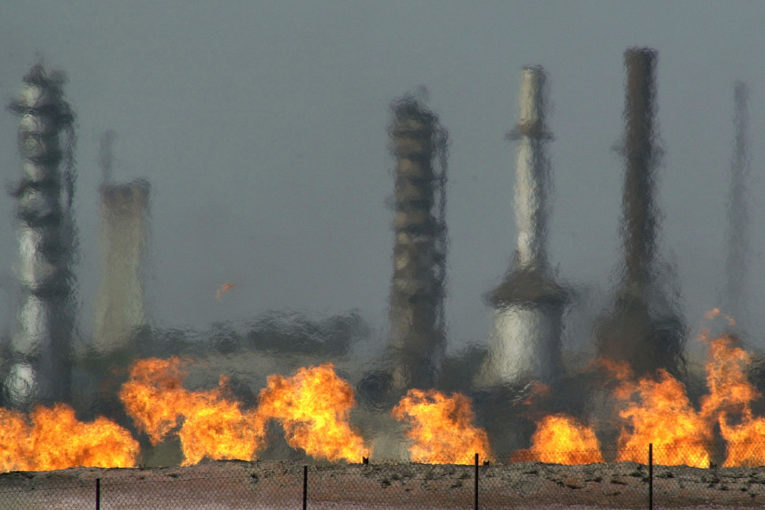
All of this translates into a difficult short-term outlook for oil prices. In addition to the lack of support from both demand and supply fundamentals, the market has to navigate the weakening of another stabilization anchor: OPEC’s coordination with Russia and some other producers to balance output and current use at higher prices. These developments also point to trickier longer-term prospects, confirming a change in an important aspect of where and how the role of swing producer is pursued.
After trying a hands-off approach at the end of 2014 and retreating from leading OPEC’s swing producer function, Saudi Arabia resumed its traditional leadership position two years later but with some operational changes that increased the short-term effectiveness of this price-stabilization role. These modifications included greater coordination with Russia and some other non-OPEC producers, and greater flexibility within OPEC. Yet the oil cartel’s very position as swing producer is challenged by the increasing influence of the U.S.
With its higher production and more vocal views on prices, the U.S. has increasingly been asserting its role as another de facto swing producer for the oil market, thereby diluting the traditional role of OPEC. And unlike OPEC, an important part of America’s role — currently assumed by private sector shale production, and lacking public sector direction or intervention — is being pursued differently, suggesting large swings over a typical price cycle. Remember, shale production and investment tend to react to price changes with a longer time lag (though it has shortened somewhat in recent years).
To grasp the resulting price dynamics, oil market participants should acquaint themselves with insights from the cobweb theorem, an approach that was once very popular for explaining price movements in the commodity sector, particularly agriculture.
Simply put, the theorem incorporates lags in assessing how producers’ output decisions respond to price developments, highlighting why price may not converge to its demand/supply-determined equilibrium level in an orderly and timely fashion. Not only does it take time to spiral in toward the equilibrium price level but, in some instances, it can spiral out for a period, resulting in wild price fluctuations and some potential breakages for both suppliers and consumers.
The implications of last week’s sharp decline in oil prices go beyond the usual range of economic and market influences. The fall also provides an insight into the gradual structural changes experienced by a market that plays an important role in a wide range of production, investment and consumption decisions.
Mohamed A. El-Erian is a Bloomberg Opinion columnist. He is the chief economic adviser at Allianz SE, the parent company of Pimco, where he served as CEO and co-CIO. His books include “The Only Game in Town” and “When Markets Collide.”
Bloomberg.com
You can read more of the news on source
